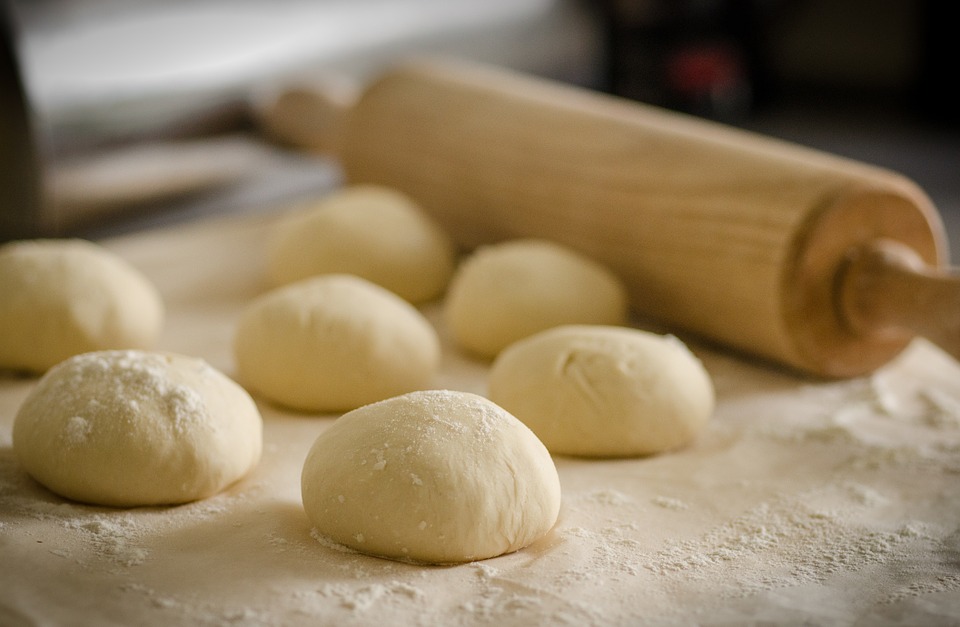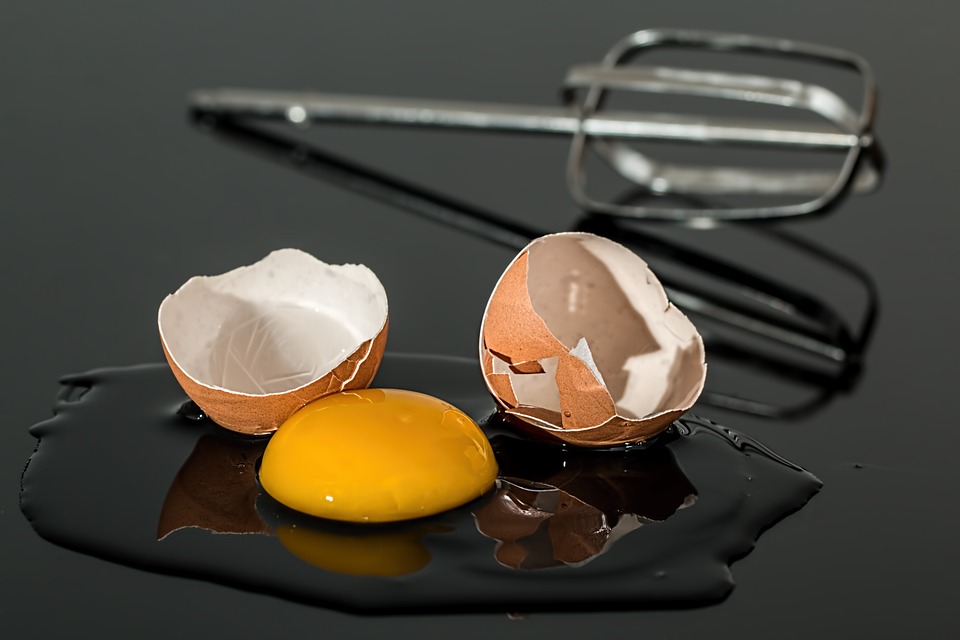If the record viewing figures of The Great British Bake-Off have taught us anything, it’s that Britain is a nation that loves baking. Millions of viewers tune in each week to see the would-be bakers get hot under the collar in their quest to become Star Baker.
For further proof, look no further than Greggs. The home of the Steak Bake is the most popular high-street dining brand in the UK according to YouGov, handily beating off the likes of McDonald’s, Subway and Wetherspoons.
There’s no denying it: us bake-loving Brits can’t get enough of our beautifully British baked goods.
Sadly, like any great love story, there can be hardships and tragedies along the way. Kitchen hiccups and mechanical mishaps can put your baking dreams on ice in an instant, particularly when it comes to a problem-oven.
Luckily, there are ways around it. It’s not always easy, but where there’s a will there’s a way!
Read on for our fool-proof guide on how to bake without an oven and earn yourself a Paul Hollywood handshake the hard way!

Why bake without an oven?
If your oven is broken, the best course of action is, of course, to get it fixed as soon as possible. Life without an oven can be a real pain so it’s well worth attempting to fix it before you resort to alternatives.
It could be as simple as replacing an oven knob or fixing door hinge, so be sure to do some detective work and give your cooker a once over. You may be able to get it back up and running a lot easier than you think.
How to bake when oven is broken
If, despite your best efforts, you find that your oven is out well and truly of commission, baking probably seems like an impossible task. However, that’s not always the case.
While it can be difficult and is far from ideal, there are ways to bake without an oven.
From cakes and cookies to bread and brownies, you might be surprised at just what you can achieve with non-oven baking. Here are a few tops tips on how to bake without oven power.
Microwave
If you happen to own a microwave – which most 21st-century British homes do – there’s a veritable world of microwavable flavourables quite literally at your fingertips, particularly if your microwave has a convection mode.
The simple mug cake is the perfect example of microbake mastery and notoriously easy to boot; however, the list doesn’t stop there. In fact, you can bake a huge variety of goodies in the microwave, from bread and pizza to cake and brownies.
If you’re thinking of exploring the world of microwave baking, a silicone Bundt pan is well worth purchasing. Metal pans are obviously not suitable for microwave use, while the hole in the middle of the Bundt pan allows it to cook through to the centre.
Stove
An expected feature of any decent kitchen, the humble stove top is the typical partner in crime for the oven: the Bonnie to its Clyde, the Rodney to its Del Boy, the…Kevin Hart to its Dwayne Johnson? You get the idea.
Like any good double act, when one falters, the other picks up the slack. The stove is the perfect support system should your oven take a tumble; however, there is more than one way to bake using the stove top.
Here are the three most popular methods of baking with a stove.
Skillet
The almighty skillet is a multifaceted piece of hardware that can lend its cast-iron credentials to a variety of baked delights. Ideal for baking cookies and brownies, this method is also ideal for muffins, Welsh cakes and scones.
Steaming
A classic method of yesteryear, steaming is a great way to bake without an oven, most famously used for making Christmas Puddings. While this can ideally (and most easily) be achieved using a steamed pudding mould, the same effect can be created using a bowl sealed with foil via the traditional wrap and tie method.
Dutch Oven
One of the most versatile options for non-oven baking, the Dutch oven is essentially a cast-iron cooking pot made of heavy-duty metal. While it can be used for a variety of purposes – from stews and casseroles to curries and meat roasting – Dutch ovens are also perfect for baking bread and even capable of baking cakes.
Slow Cooker
Often overlooked and under-utilised, slow cookers are great outside the box kitchen appliances when it comes to baking.
While they are commonly used for casseroles, stews and the like, slow cookers are also great for baking a wide variety of breads and delicious desserts: from cakes, puddings and pies to brownies, cookies and crumbles.
Provided you line the slow cooker first or place your ingredients in a silicone pan (or a metal cake/loaf tin), baking with a slow cooker can be a breeze.
Pressure Cooker
Much like the slow cooker, a pressure cooker is also capable of baking a variety of dishes yet is, more often than not, criminally overlooked.
Whether you’re looking to bake bread, desserts or anything else you may fancy getting your bake on with, chances are that you can get it done in a pressure cooker. In fact, you can even use it to make cheesecake and, what’s more, it often cooks better than conventional oven methods.
Best of all, pressure cookers don’t hang about when it comes to cooking times and you could have the finished dish in your hand within 30 minutes. If you follow the instructions to the letter and do everything by the book, you could have delicious baked goodness is no time!

Problems of baking without an oven
While it is clearly possible to bake without an oven, it’s by no means a long-term solution. We’re sure Mary Berry would agree that there really is no substitute for the oven when it comes to creating a baking masterpiece.
Daily cooking without an oven can be a frustrating experience that limits your culinary options. What’s more, over-reliance on pan-frying and microwaves can quickly have a negative effect on your diet and a notable impact on your waistband.
Get back to baking with Cooker Spare Parts
While baking without an oven can be a cool little novelty and a fun way to test your kitchen skills, it’s no replacement for the real thing.
If you’re without your oven due to an appliance malfunction or a faulty part, the best solution for your overall baking experience is to simply get your oven repaired. It may even be a lot easier to fix than you think!
If you can get to the bottom of your oven issue and find out what’s putting your baking dreams on ice, you may be able to fix it by simply replacing the problem part with a spare from Cooker Spare Parts.
To ensure your cooking habits don’t go off the boil, give us a call today on 02920 452 510. Alternatively, keep your oven running hot by hitting the button below.
Get Help Now